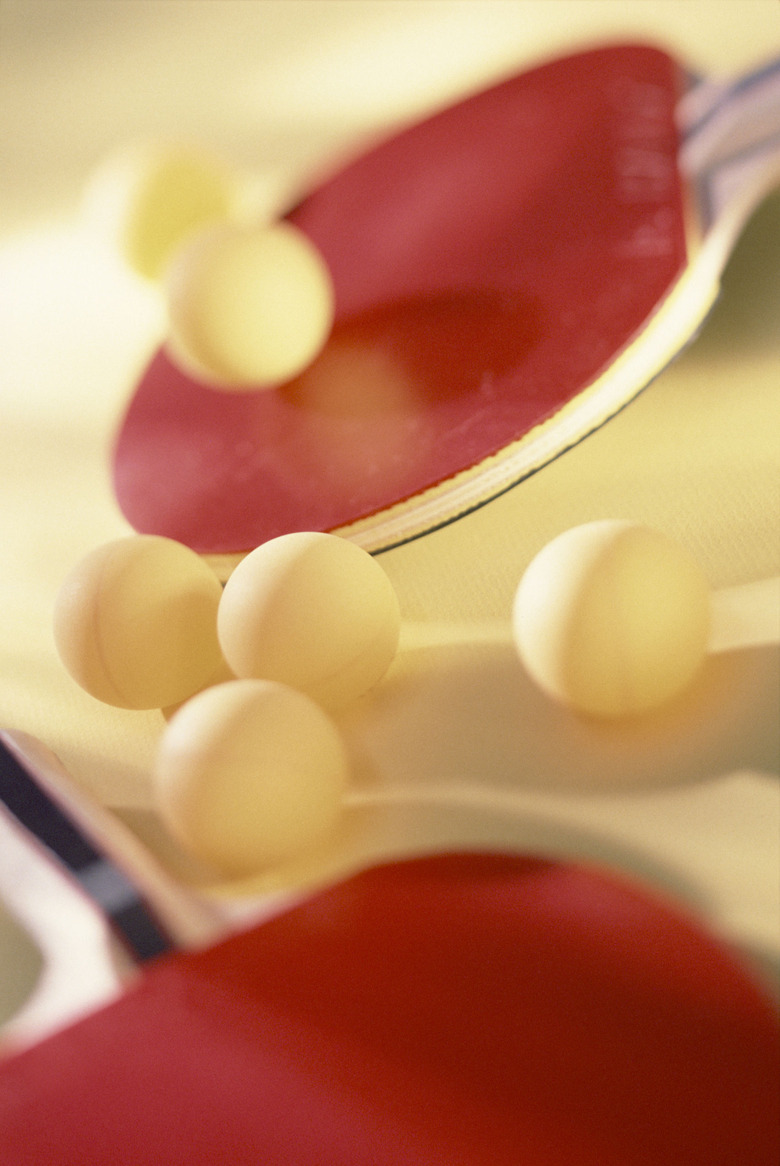What Type Of Plywood Is The Best For Ping Pong Tables?
Although ping pong enthusiasts can purchase ready-to-use tables at game stores, it's also possible to make your own table. The key item to use in the construction of a ping pong table is a sheet of plywood, which can be one of a few different types of wood but should be a standard size.
Wood
The type of plywood you choose for your ping pong table is largely unimportant. Plywood is available in a variety of materials, such as fir, pine and spruce. These three types of wood are softwood, and are all suitable for use as a ping pong table. Hardwood plywood is also available, but because the table does not need to be strong, it's not necessary to spend extra money on hardwood plywood.
Size
Plywood sheets are sold in a few different sizes, making it easy to purchase the correct size of plywood for a ping pong table. Ping pong's governing body, the International Table Tennis Federation, requires that tables for official events measure 5 feet by 9 feet. Plywood is not commonly available in this size, but 4-by-8-foot sheets are standard. Select plywood that is 1 inch or 3/4 of an inch thick. This size of plywood is acceptable for a homemade ping pong table.
Preparation
Before you paint the plywood for your ping pong table, sand it with a belt sander or random-orbit sander until the wood is smooth. The smoothness of the plywood when you purchase it depends partly on its grade, price and the store at which you shop. A rough piece of plywood is not ideal for a ping pong table until you sand it smooth, as the rough finish could cause balls to take wayward bounces.
Finishing
Paint the sanded sheet of plywood green or another color of your choosing. Use a tape measure and straightedge to mark a line down the middle of the table, both lengthwise and widthwise. Place painter's tape along these lines, leaving roughly one quarter-inch of space between the tape lines. Paint these lines white to divide the table into equal quarters. Finish the table by mounting it to legs and clipping a net to to each side so the net runs along the middle line.
